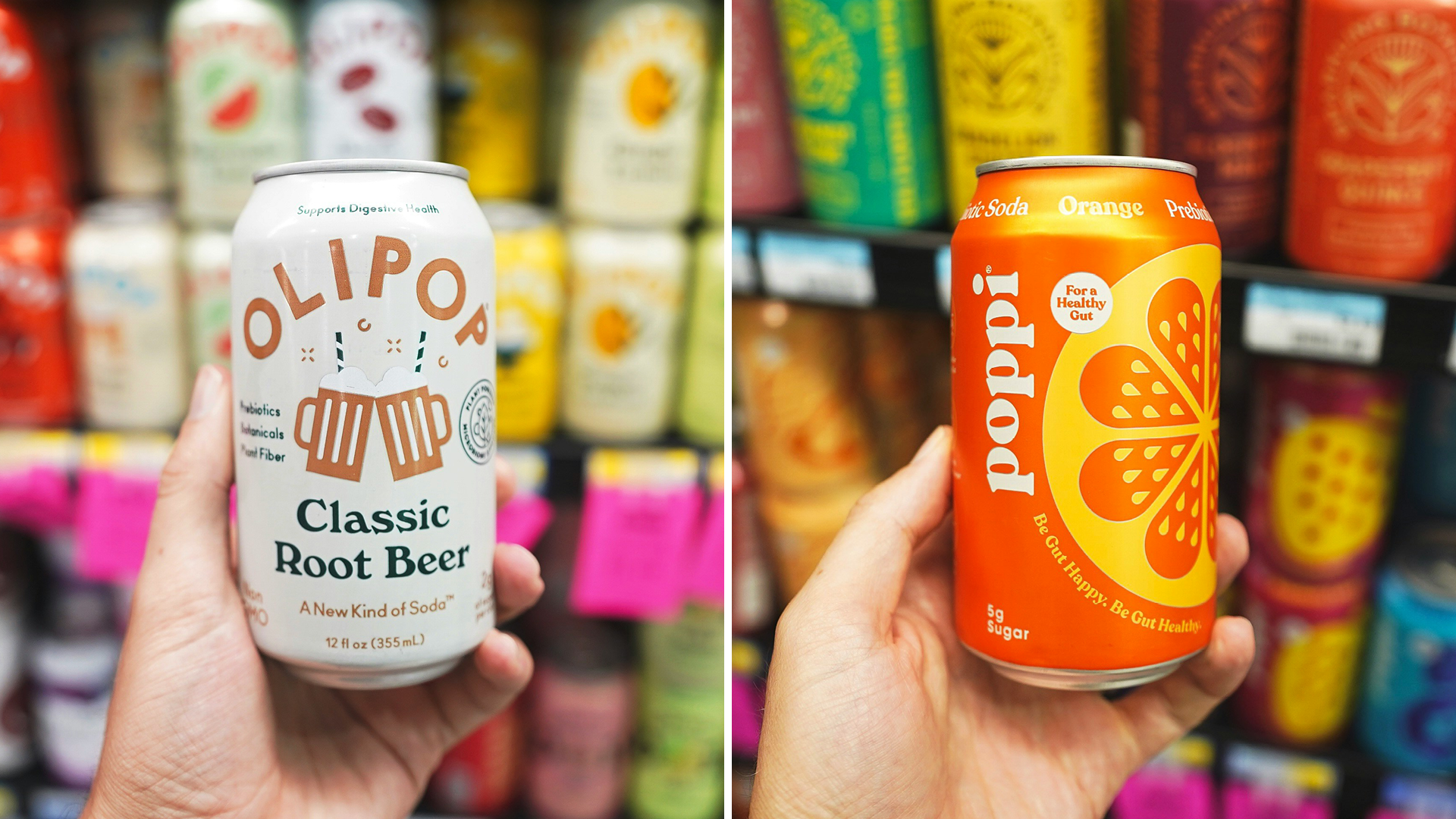While organic dairy and egg sales were little changed throughout 2021, the category still outperformed pre-pandemic 2019 levels by nearly 11%, according to the Organic Trade Association.
With that, industry insider Ryan Koory sees growth opportunities for certain elements of the organic dairy segment.
“Fluid milk continues to be one of the largest areas of sales within organic dairy and reached about $3.8 billion over 2021 – up from about $3.4 billion in 2019,” Koory, Mercaris’ vice president of economics, said recently. That said, he also noted “the areas that we see the largest growth are going to be in products like ice creams, yogurts, and cheeses.”
In a recent interview with The Food Institute, Koory offered an in-depth outlook for the U.S. organic dairy industry. Highlights of that conversation are below:
How strong is the U.S. organic dairy industry currently?
“Generally speaking, the U.S. organic dairy industry is a couple of years into a period of realignment, with consolidation within the industry and slower consumer demand growth for organic fluid milk. In general, it doesn’t appear position for growth at the moment.”
Are the organic dairy and conventional dairy markets in the U.S. following similar trends right now?
“Both industries are looking at higher feed costs. Also, both sides of the dairy industry are seeing increased competition on the consumer side from non-dairy based drinks, looking at things like oat milk, or pea milk, or soy milk. And, the proliferation of those consumer categories is making the space for fluid milk sales a little more challenging.
Beyond that, both industries have their own, unique challenges and benefits. But there are some correlations between the two in terms of having higher input costs and where consumer demand is trending.”
Can you elaborate on the factors that have limited organic fluid milk sales recently?
“There really two factors. One is increased competition from other, nondairy milk supplies. The consumer base that prefers to buy organic also tends to purchase things that have animal safety attributes associated with them. So, with things like non-animal-based dairy products, you’re vying for a similar consumer base. So that’s been a bit of a limiting factor within organic dairy the past couple years.
“The other factor is on the logistics side. In conversations that I’ve had with people within organic dairy, an anecdote that I’ve heard is there was really a logistics bottleneck being able to move product to stores. So, how much higher would organic sales have been had that not been an issue?
“So, if we think about what might limit fluid milk sales as we move into the next year, if we don’t see a substantial improvement in fuel costs and logistics, that can continue to be a bit of a drag.”
Organic feed prices, particularly for soybeans, is up significantly from a year ago. How long do you expect such higher prices to continue?
“Price gains that we’ve seen with organic soybeans are really driven by a disruption to global trade, primarily with India, which historically supplies at least half of our organic soy. We’ve seen an increase in U.S. acreage, and we’ve seen an increase in sourcing of organic soy products or soybean meal from other countries. We’re also starting to see the potential for bearish pressure within the organic soybean market as we get into harvest.
“How long that will persist is really going to be dictated by two things. Number one, we’re looking at just how large this harvest is this year – how many acres have we added and just how well yields are going to hold up given weather patterns. Then, the other factor is how well the market adjusts to losing India as a major supplier of organic soy. We’ve seen a restructure within the foreign supply chains where we’re pulling in more from Canada. We’ve also seen an uptick from countries like Russia.
“It’s really going to be a matter of how large our harvest is and how well imports hold up for the next six months. It’s unlikely we’re going to see prices return to the lowest that we’ve seen over this past year. It’ll probably be somewhere in the mid- $30s range per bushel.”
What about for corn?
“Organic corn prices have been high throughout this past year. And that’s been a bit of a question mark for us from a supplier position. Corn has been a fundamentally strong crop. We’ve actually had pretty good supplies throughout the year.
“I think what’s underpinned where we’ve seen organic corn prices over the past year has really been two factors. One, the balance sheet of farmers, in which they haven’t really been in a situation where they needed to move a lot of supply. They’re in a cash-positive situation, with a lot of uncertainty around what organic corn supply will look like this fall. When we look at organic corn in the U.S., there’s reasons to think that we’ll see a reduction in harvest this year potentially tightening U.S. supplies.
“Plus, with the ongoing tension between Ukraine and Russia – really disrupting trade and the ability to produce organic products in that region – it’s hard to come up with a scenario in which we don’t see a retraction in imports from that part of the world.
“We’re in line to see prices stay at the $10 to $11 per bushel range for organic corn. We anticipate the 2022/23 marketing year will begin with large carryover supplies. However there are also reasons to think we could see a reduction in supply over this year next year, leaning on some of that carryover stock, and that could potentially keep the market tight.”












